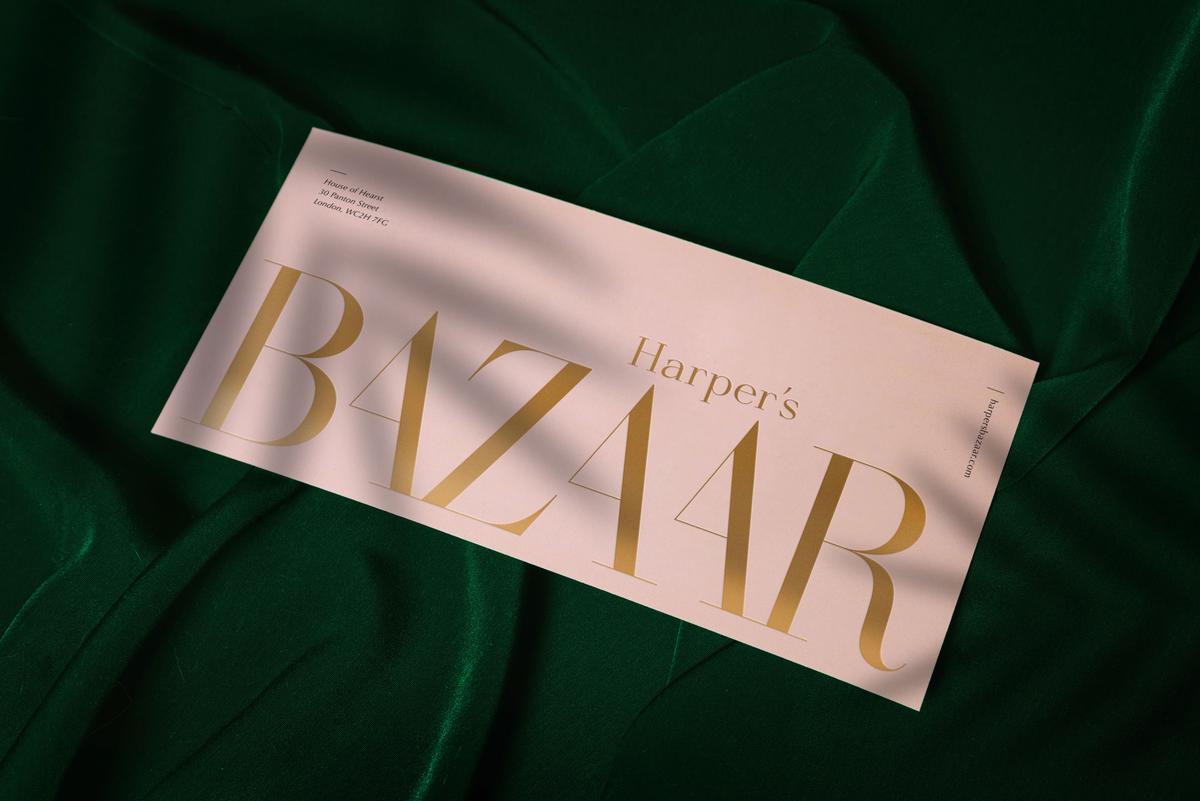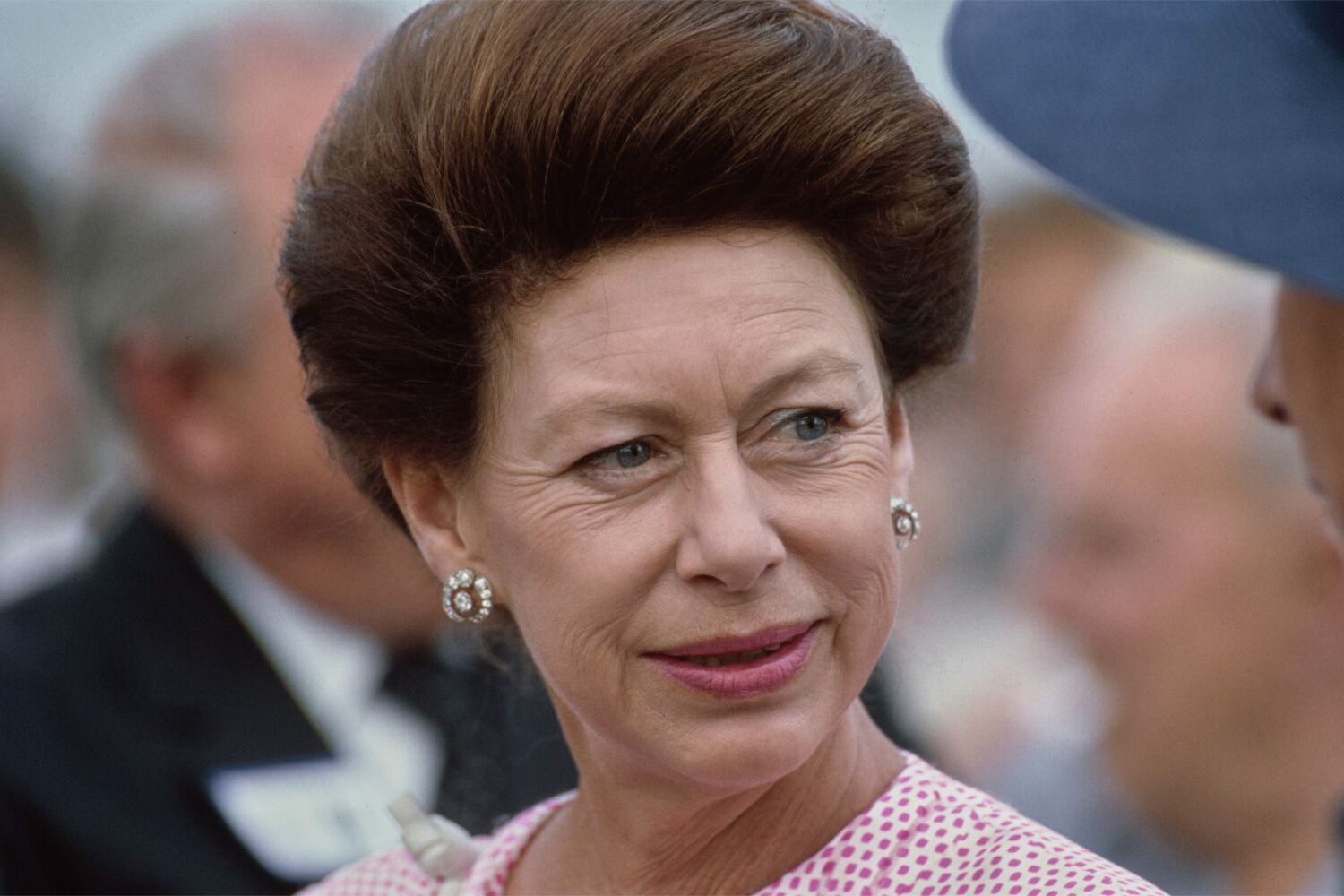
Harper's Bazaar isn't just any fashion magazine; it's a historic publication that has shaped the fashion industry since 1867. Known for its sophisticated portrayal of fashion, beauty, culture, and art, this magazine has become a staple in the world of high fashion and luxury lifestyle. With a legacy spanning over a century, Harper's Bazaar has witnessed and influenced countless fashion trends, iconic photoshoots, and the careers of renowned designers, photographers, and models. Its pages are more than just a collection of glossy images; they're a reflection of evolving fashion and societal trends. Whether you're a fashion aficionado or simply curious about the magazine's rich history, these 15 facts about Harper's Bazaar will provide a glimpse into its illustrious journey and enduring impact on the fashion world.
What is Harper's Bazaar?
Harper's Bazaar isn't just any magazine; it's a premier fashion magazine that has been shaping and documenting style trends for women since 1867. Known for its sophisticated visual style and high editorial quality, this publication has become a cultural icon in the fashion world. It's not merely about clothes; Harper's Bazaar is a celebration of the art of fashion, featuring photography, art, and design that influence and inspire millions globally.
The Origins of Harper's Bazaar
-
Harper's Bazaar was first published on November 2, 1867, making it the first fashion magazine in America. Its inception marked a significant moment in publishing and fashion history, providing a dedicated outlet for the exploration of women's fashion and societal roles.
-
The magazine was founded by Harper & Brothers, indicating its initial connection to a larger publishing house known for its literary publications. This background helped Harper's Bazaar quickly establish itself as a publication of substance and style.
Evolution Over the Years
-
Throughout its history, Harper's Bazaar has undergone several transformations, including changes in format, style, and editorial direction. These changes reflect the magazine's ability to adapt to evolving fashion trends and societal shifts.
-
In the 1930s, under the editorship of Carmel Snow, Harper's Bazaar began to feature more modern fashion and photography, significantly influencing its growth into a leading fashion publication.
-
The magazine has been published in more than 32 countries and regions, showcasing its global appeal and influence in the fashion industry.
Pioneering Fashion Journalism
-
Harper's Bazaar is credited with introducing the concept of a fashion magazine as a "gallery of the arts," combining literature, art, and fashion in a single publication. This innovative approach has set standards for fashion journalism.
-
It was one of the first to feature photography as a central element of fashion storytelling, collaborating with renowned photographers such as Richard Avedon and Man Ray.
Iconic Covers and Features
-
Over the years, Harper's Bazaar has been known for its iconic covers, featuring celebrities, models, and fashion luminaries photographed by leading photographers. These covers have often become cultural landmarks in their own right.
-
The magazine has also been a platform for new fashion trends and designers, often being the first to showcase emerging talents and avant-garde styles.
Contributions to Women's Empowerment
-
Beyond fashion, Harper's Bazaar has played a role in advocating for women's rights and empowerment. It has published articles and features that highlight important issues affecting women, from suffrage to modern-day feminism.
-
The magazine has consistently promoted the idea of the independent, stylish, and empowered woman, influencing generations of readers to embrace their strength and individuality.
Harper's Bazaar Today
-
Today, Harper's Bazaar continues to be a leading voice in fashion, beauty, and lifestyle journalism, embracing digital platforms to reach a wider audience. Its website and social media channels offer a contemporary take on the magazine's long-standing tradition of excellence in fashion journalism.
-
The current editor-in-chief, Samira Nasr, appointed in 2020, is the first woman of color to hold this position at Harper's Bazaar, signaling the magazine's ongoing commitment to diversity and inclusion.
Looking to the Future
-
As it moves forward, Harper's Bazaar remains dedicated to its mission of inspiring women through fashion, art, and culture. With a focus on innovation and inclusivity, the magazine is set to continue its legacy as a leading publication in the fashion world.
-
The magazine's adaptability and willingness to evolve with the times promise a future where Harper's Bazaar will continue to set trends, not just in fashion but in the broader cultural conversation around style, beauty, and empowerment.
A Final Glance at Harper's Bazaar
Harper's Bazaar isn't just a magazine; it's a cultural icon that has shaped and been shaped by the fashion industry for over a century. From its inception in 1867, this publication has not only set trends but also showcased the evolution of fashion, art, and society. With its rich history, Harper's Bazaar continues to be a source of inspiration, offering readers a blend of cutting-edge fashion, insightful articles, and stunning visuals. Its commitment to excellence and innovation ensures it remains relevant in an ever-changing world. Whether you're a fashion aficionado or simply appreciate the finer things in life, Harper's Bazaar is more than just a magazine—it's a legacy that continues to captivate and influence.
Was this page helpful?
Our commitment to delivering trustworthy and engaging content is at the heart of what we do. Each fact on our site is contributed by real users like you, bringing a wealth of diverse insights and information. To ensure the highest standards of accuracy and reliability, our dedicated editors meticulously review each submission. This process guarantees that the facts we share are not only fascinating but also credible. Trust in our commitment to quality and authenticity as you explore and learn with us.


